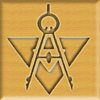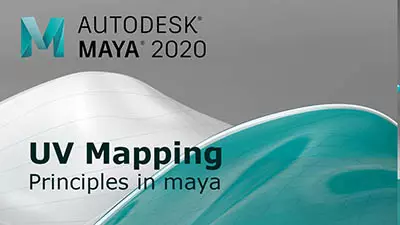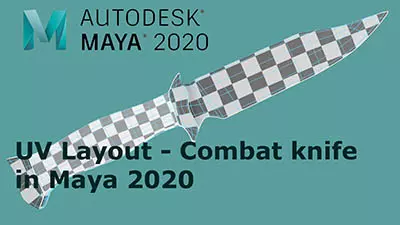I had found an awsome tutorial that goes from modeling to 2 texturing, and then lighting which is athttps://67.15.36.49/team/tutorials/po_diner/diner.asp.
I got through the modeling part so far and now I am working on texturing. Though thinking that there shouldn't be to much of a difference, I was dead wrong!!!
 .
. To start, here is one area I am having troubles with....
In Jason's tutorial he mentions this...
First off what the heck is turbulance procedural, and is there anything simular in Maya and if so, then how?"Texturing
I have a library of different textures that i've gotten from the internet. I used a lot of those in this image, and also had to go online and find some new ones. All the wood in the render is made by applying the same wood texture image and using cubic projection.
I then added some color variations using the turbulance procedural. I did this in the specular layer and the glossiness layer as well. This added some variation in the specular highlights that gave a touch of realism to the surface. For the bump, i just copied the texture from the color layer and used it in the bump layer. The floor is the same idea, but i used a seamless image map of a tile floor.
The second thing he mentions that I don't know if possible is that he also used texture layering. Is this possible in Maya and if so, then how?
The next question I have is that in Lightwave, light intensity is marked by precentages. Now I am assumming this, but not sure. What I think the conversion to this would be 0.69. Woul;d this be the correc setting for Maya?
The fourth question is that Jason also described that in his spotlight, he set the falloff to "Inverse Distance". Is there a way that I can do this in Maya and if so, then how?
The last question I have is setting the map size and map fuzziness. I see that Maya has a map size option though what I am asking is that he had set it to 2000 which sounds a little high for Maya, though I never played with the map size before so I could be wrong. And as to the map fuzziness, I don't see an option there. Is there anything for this setting in Maya and if so, then what is it?










